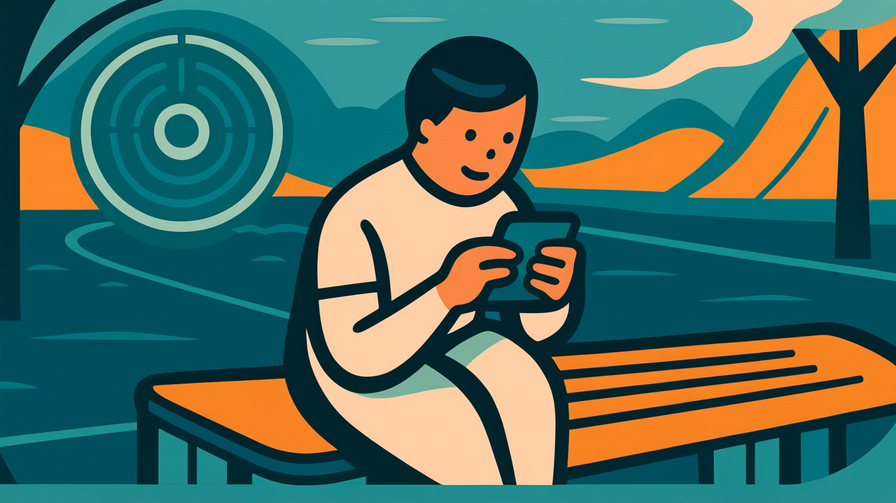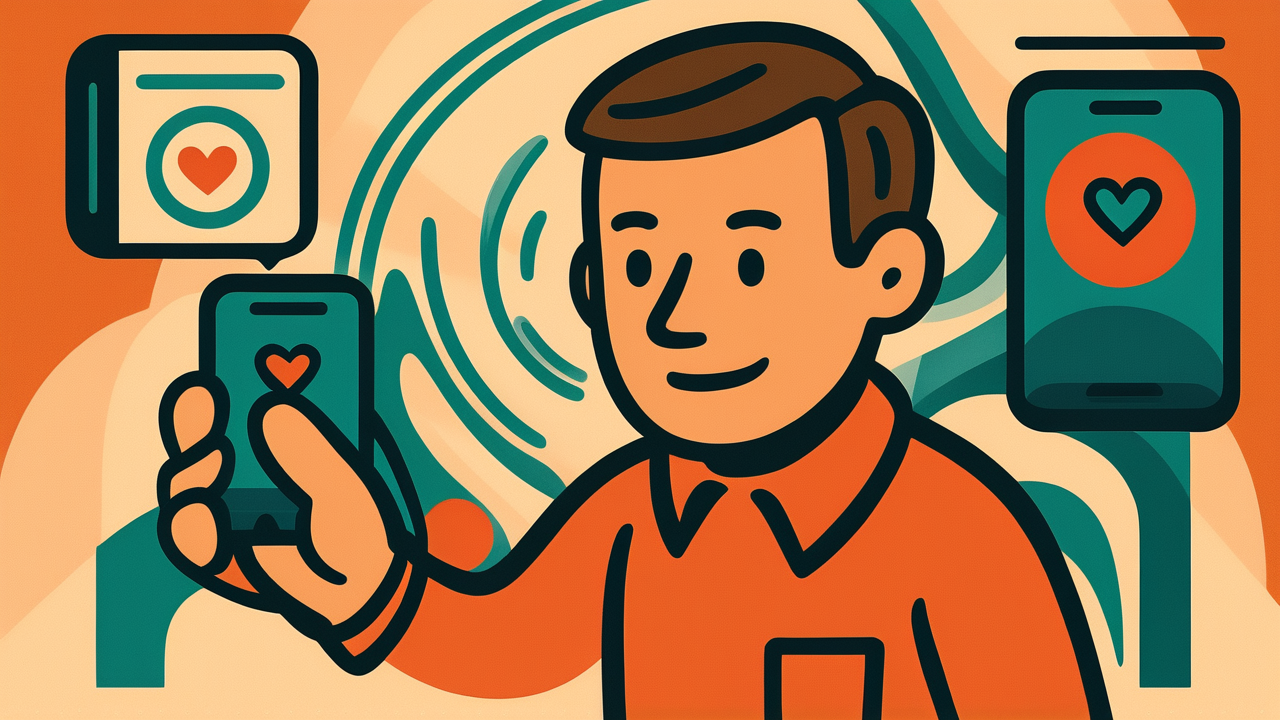[Disclaimer] This article is reconstructed based on information from external sources. Please verify the original source before referring to this content.
News Summary
The following content was published online. A translated summary is presented below. See the source for details.
Google researchers have discovered a way to use ultra-wideband (UWB) radar technology already in many smartphones to measure your heart rate without any physical contact. This technology, which uses invisible radio waves similar to Wi-Fi but much more precise, can detect the tiny movements of your chest as your heart beats. The research shows that consumer devices with UWB chips – like recent iPhones, Samsung Galaxy phones, and Pixel phones – could potentially monitor vital signs just by being near you. The scientists tested their method and found it could measure heart rate as accurately as medical devices in many situations. This breakthrough could make health monitoring as simple as having your phone nearby, without needing smartwatches, fitness bands, or chest straps. The technology works by sending out radar pulses and measuring how they bounce back, detecting movements as small as a few millimeters.
Source: Google AI Blog
Our Commentary
Background and Context

Ultra-wideband (UWB) is a wireless technology that’s been quietly added to smartphones over the past few years. You might have heard of it for features like Apple’s AirTag precision finding or digital car keys. But UWB is much more powerful than just finding lost items – it’s basically like giving your phone superhuman sensing abilities.
Unlike Bluetooth or Wi-Fi, which use narrow radio frequencies, UWB sends out billions of very short radio pulses across a wide range of frequencies. This allows it to measure distances down to a few centimeters and detect tiny movements. Think of it like the difference between using a flashlight (Bluetooth/Wi-Fi) versus a laser pointer (UWB) – the laser is much more precise.
Your heart creates small but measurable movements throughout your body. When it beats, it pumps blood that causes your chest to move slightly – usually just 0.5 to 2 millimeters. While this movement is too small for your eyes to see, radar technology can detect it easily.
Expert Analysis
This research represents a significant leap in contactless health monitoring. Currently, if you want to track your heart rate, you need:
– A smartwatch or fitness band touching your wrist
– A chest strap for more accurate readings
– Or to place your finger on your phone’s camera
Each method has drawbacks. Wearables need charging, can be uncomfortable, and cost extra money. Camera-based methods require you to hold still and actively measure. But with UWB radar, your phone could monitor your heart rate automatically while it sits on your desk or nightstand.
The technology could be especially valuable for:
– Elderly people who might forget to wear health monitors
– Babies whose parents want to monitor them without attachments
– Athletes who find chest straps uncomfortable
– Anyone interested in continuous health tracking without extra devices
However, there are important considerations. The technology needs to differentiate between the person of interest and others nearby. Privacy concerns also arise – do we want our phones constantly monitoring our vital signs? These questions will need careful consideration as the technology develops.
Additional Data and Fact Reinforcement
Recent data about UWB technology adoption shows:
– Over 500 million smartphones shipped in 2024 included UWB chips
– The technology can measure distances with accuracy of ±3 centimeters
– UWB uses 500 MHz of spectrum, compared to Wi-Fi’s 20-40 MHz channels
– Power consumption is extremely low – less than 1% of phone battery per day
In medical contexts, normal resting heart rates are:
– Teens (13-19): 55-105 beats per minute
– Adults: 60-100 beats per minute
– Athletes: 40-60 beats per minute
The Google research showed their UWB method achieved:
– 95% accuracy compared to medical-grade ECG devices
– Ability to detect heart rate through clothing
– Effective range of up to 1.5 meters
– Real-time measurements without any delay
Related News
The push for contactless health monitoring has accelerated recently:
– Apple added temperature sensing to Apple Watch for cycle tracking
– Amazon’s Halo project (though discontinued) explored radar-based sleep tracking
– Google’s Nest Hub uses radar to monitor sleep breathing patterns
– Samsung is researching UWB for gesture recognition and presence detection
Universities are also advancing the field:
– MIT developed wireless devices that monitor breathing through walls
– Stanford created AI that detects irregular heartbeats from radar data
– Carnegie Mellon showed radar can identify individuals by their heart patterns
Summary

The ability to measure heart rate using existing smartphone radar represents a paradigm shift in personal health monitoring. Rather than requiring special equipment or conscious effort, health tracking could become as passive and automatic as your phone connecting to Wi-Fi.
This technology could democratize health monitoring, making it accessible to people who can’t afford or don’t want to wear additional devices. Imagine your phone alerting you to potential health issues before you even feel symptoms, or automatically calling for help if it detects a medical emergency.
However, with great power comes great responsibility. As our devices become more capable of monitoring our bodies, we must carefully balance the benefits of health insights with privacy protection and user control. The future where your phone is also your health guardian is closer than ever – the question is how we’ll choose to use this capability.
Public Reaction
Early reactions to this technology have been mixed. Health enthusiasts are excited about continuous monitoring without wearables, while privacy advocates worry about phones having too much biometric data. Many teens and young adults seem interested in the technology for fitness tracking, but want strong controls over when monitoring happens and who can access the data.
Frequently Asked Questions
Q: Will this drain my phone’s battery?
A: No, UWB is extremely power-efficient. The radar pulses are so short and infrequent that continuous monitoring would use less than 1% of your battery per day.
Q: Can it work through clothing?
A: Yes! The radar waves can penetrate normal clothing easily. Heavy winter coats might reduce accuracy, but typical indoor clothing isn’t a problem.
Q: Is the radar safe?
A: Absolutely. UWB uses much less power than your phone’s cellular or Wi-Fi radios. It’s been approved by health agencies worldwide and operates at power levels thousands of times below safety limits.
Q: When will this feature come to phones?
A: While the hardware exists in many phones already, software implementation could take 1-2 years. Phone makers will need to develop apps and get regulatory approval for health features.


